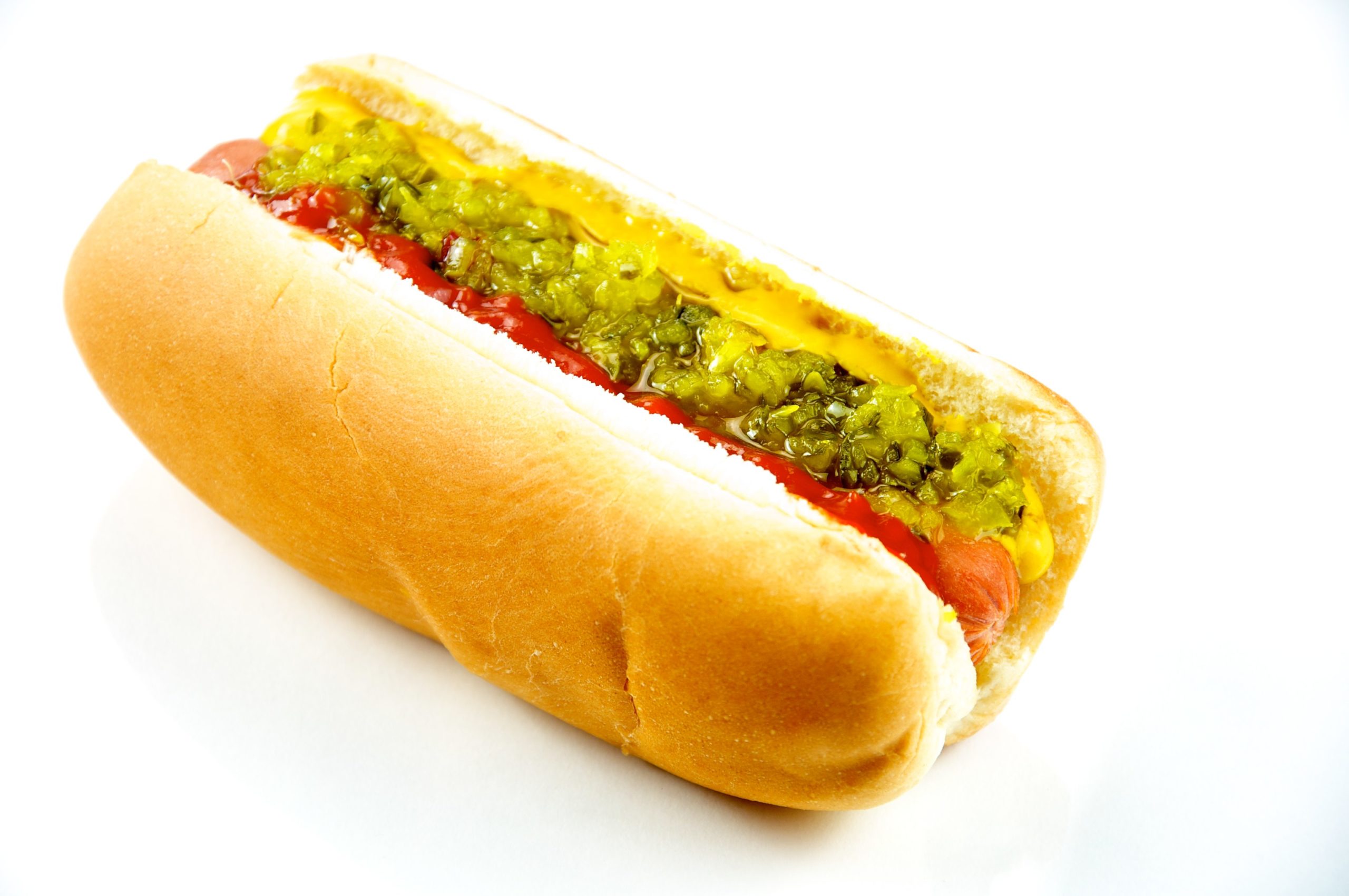
What is low fat cooking?
The term low fat cooking is also written as low-fat cooking. It is used in reference to preparing food with little or no oil or fats. The type of fats used in cooking is also part and parcel of low fat cooking. It is important to know about the types of fats that exist and what makes one better or worse than the other.
Low fat cooking demands that we change or alter the way we prepare some foods and the frequency with which we cook using a particular method. In effect, any form of food preparation where food is fried should be minimized and the amount of oils used reduced.
The benefits of low fat cooking
Although fat is normally given a bad rap, it is not all bad since we need some fat in our diet to maintain good health. In addition to helping to make our hearts healthier, low fat cooking also helps to reduce our waistlines and our weight in general.
Low fat cooking is also good for the skin, as some skin conditions such as pimples are believed to be contributed to by the amount of fat we eat.
Tips for changing to a low fat diet
If you have a favorite recipe that uses lots of butter or oils, you can still make the item by substituting one ingredient for another.
Here are a few examples:
- Use skimmed milk instead of whole milk
- Use cottage cheese or yogurt for sour cream
- If a recipe calls for two eggs, discard the yolk and use three egg whites instead
Have fun with recipes and experiment with healthier alternatives. In addition you can begin to change how you prepare and cook food by doing the following:
- Trim as much fat as possible from meats. Chicken skin is a no-no, you should remove it before cooking.
- Roast, grill, bake and stir-fry as much as possible
- Steam vegetables
- When you make stock, place in the refrigerator so that the fat congeals, then remove it before using
- Do not sauté vegetables in oil or butter, use water or wine
- Use olive oil, canola oil or non-stick spray
- Use canned-fish packed in water not oil
- Eat more whole wheat products
- For salad dressing, go for vinegar or low fat dressing or mayonnaise. Fat free alternatives are also good.
When you use fats, do not use anything that has more than two grams of saturated fat per tablespoon. As you embark on the path to healthy low fat cooking, go through your kitchen and chuck anything that has too much fat. Next, develop the habit of reading food labels to avoid buying anything with too much fat included.
A search online will turn up lots of healthy, tasty, low fat recipes to make the transition fun and easy, and keep your taste buds happy. Be kind to your arteries and go with low fat cooking.

Be the first to comment